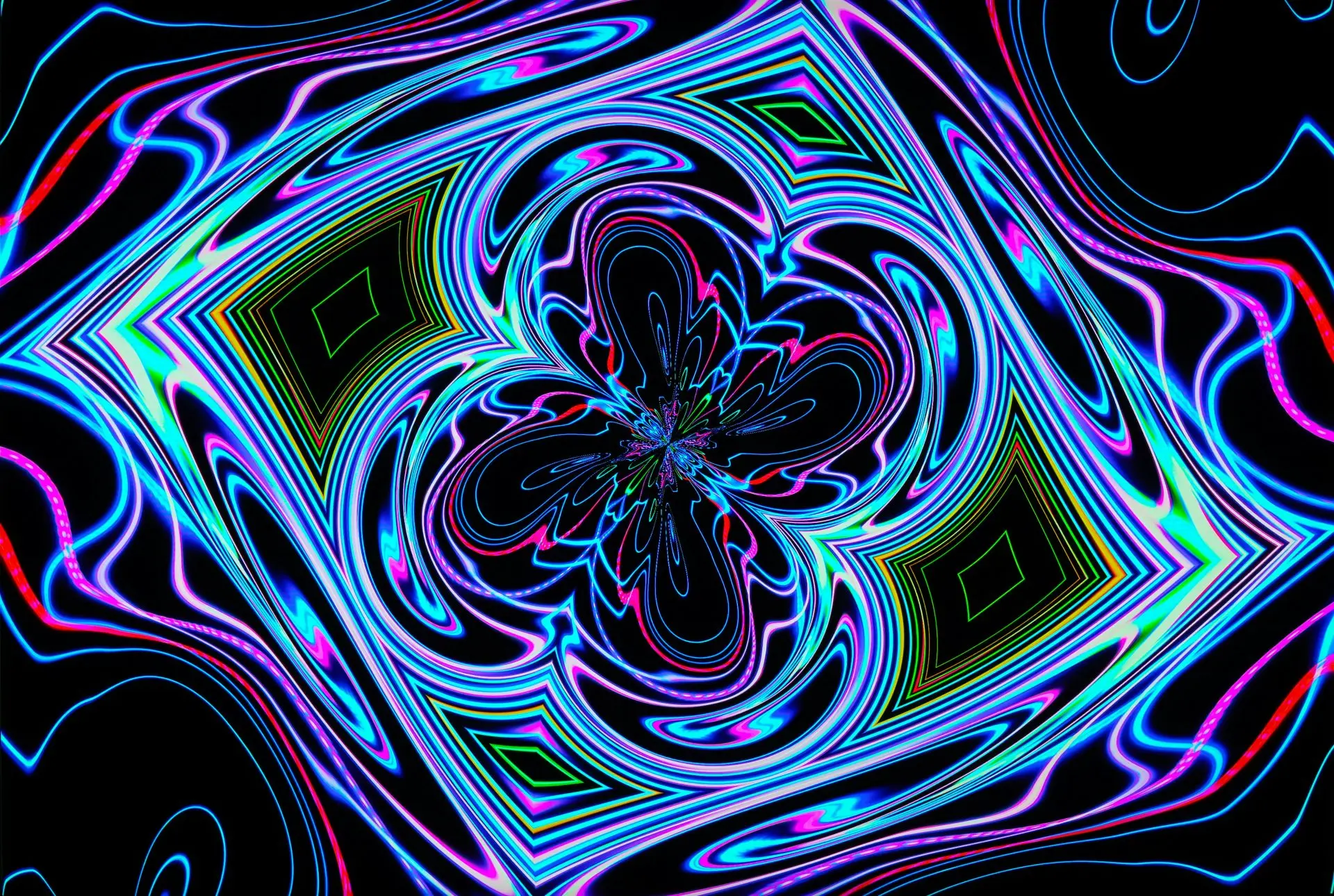The Rituals of the Beautiful Feast of Opet

Looking for more amazing products? Check out our online store and explore our collection here! Happy shopping!
Before diving in, please note: This post is for informational purposes only. If you’d like to know more about how we approach topics, feel free to check out our friendly Disclaimer Page.
Hey there, amazing readers! 
We’re committed to delivering quality posts, and your support (even just sticking around despite the ads) means everything to us. So, bear with us, and thanks for helping us keep the good vibes rolling. Now, on to the fun stuff!
TRANSLATE BUTTON AT THE END OF THE ARTICLE
Overview: The Rituals of the Beautiful Feast of Opet
The Beautiful Feast of Opet was one of the most significant and grand festivals celebrated in ancient Egypt.
This religious event, known for its opulence and grandeur, was dedicated to the god Amun-Ra, the king of the gods.
The festival lasted for several weeks and involved a series of rituals, processions, offerings, and ceremonies.
These acts were believed to ensure the rejuvenation of the pharaoh’s power, the renewal of life, and the prosperity of the kingdom.
The Opet Festival not only showcased the religious beliefs of ancient Egyptians but also demonstrated their deep connection to nature and the cycles of life.
Today, the festival continues to hold cultural and archaeological importance, allowing us to gain insights into the ancient Egyptian civilization.
Historical Overview of the Opet Festival in Ancient Egypt
The origins of the Opet Festival can be traced back to the Middle Kingdom of ancient Egypt, around 2000 BCE.
However, it was during the New Kingdom (1550-1077 BCE) that the festival reached its peak and gained immense popularity.
The festival was held annually in the city of Thebes, also known as Waset, which served as the religious center of ancient Egypt.
The first recorded evidence of the festival dates back to the reign of Hatshepsut, one of the few female pharaohs of Egypt.
Over time, the Opet Festival became an integral part of the religious calendar and was celebrated by subsequent pharaohs such as Amenhotep III, Ramesses II, and Tutankhamun.
Purpose and Significance of the Opet Festival
The Opet Festival served multiple purposes within ancient Egyptian society.
Firstly, it provided an opportunity for the pharaoh to renew his divine kingship and reaffirm his connection with the gods.
The festival aimed to rejuvenate the pharaoh’s power, ensuring the prosperity and stability of the kingdom.
Additionally, the Opet Festival celebrated the sacred union of the god Amun-Ra with his consort, the goddess Mut.
This union symbolized the fertility and renewal of life, both in nature and within the people.
The festival also allowed the common people to participate in the religious rituals and receive blessings from the gods.
It created a sense of unity and reinforced the religious beliefs of the ancient Egyptian society.
Preparations for the Opet Festival
The preparations for the Opet Festival began months in advance and involved meticulous planning and organization.
The construction and decoration of the processional route, known as the "Sacred Way," was of utmost importance.
The path stretched from the Karnak Temple to the Luxor Temple, a distance of about two miles.
The Sacred Way was adorned with statues of deities, beautifully carved reliefs, and decorated with flowers and colorful banners.
The temples themselves were also prepared for the festival, with thorough cleanings and restorations taking place.
Priests and temple officials made offerings and performed rituals to ensure the sanctity of the festival.
The Procession: A Spectacular Highlight of the Opet Festival
The procession was the most spectacular and eagerly anticipated part of the Opet Festival.
It involved the pharaoh, accompanied by priests, nobles, and attendants, as they made their way from the Karnak Temple to the Luxor Temple.
The pharaoh was carried in a grand ceremonial barque, a boat-like structure adorned with gold and precious jewels.
The procession was a dazzling display of wealth and power, with musicians, dancers, and acrobats entertaining the crowds.
The common people lined the streets, eagerly awaiting the arrival of the pharaoh to catch a glimpse of their divine ruler.
The procession symbolized the journey of Amun-Ra from Karnak to join his consort, Mut, in the Luxor Temple.
Explore the Path to Spirituality and Enlightenment – Start Here.
Symbolic Offerings and Rituals during the Opet Festival
During the Opet Festival, various symbolic offerings and rituals were performed by the priests and attendees.
The offerings included food, drink, and precious objects that were presented to the gods as a sign of devotion and gratitude.
These offerings were believed to nourish the gods and ensure their favor and blessings upon the kingdom.
Additionally, priests performed rituals, such as purification ceremonies and the recitation of sacred texts, to maintain the spiritual purity of the festival.
These rituals were accompanied by music, chanting, and incense, creating an atmosphere of reverence and spirituality.
The Role of Pharaoh in the Opet Festival
The pharaoh played a central role in the Opet Festival as the representative of the gods on Earth.
As the divine ruler, it was believed that the pharaoh’s participation in the festival was crucial for the renewal of his power and the well-being of the kingdom.
The pharaoh, dressed in his most elaborate regalia, performed sacred rituals and offered prayers to the gods.
He carried out purifications, made offerings, and sought the blessings of the gods for a prosperous reign.
The pharaoh’s presence in the procession and his active involvement in the rituals demonstrated his divine authority and solidified his status as the intermediary between the gods and the people.
The Involvement of Gods and Goddesses in the Opet Festival
The Opet Festival was dedicated to the god Amun-Ra, who was considered the most important deity in ancient Egypt.
Amun-Ra was believed to be the king of the gods, the creator of the universe, and the giver of life.
His consort, the goddess Mut, also played a significant role in the festival.
Mut was revered as the mother goddess and the protector of the pharaoh.
Other major deities, such as Khonsu, the moon god, and Montu, the god of war, were also associated with the Opet Festival.
These gods and goddesses were believed to bring fertility, abundance, and protection to the kingdom, and their involvement in the festival was crucial for its success.
Ceremonial Cleansing and Purification during Opet
Cleansing and purification rituals were an integral part of the Opet Festival.
These rituals aimed to cleanse the participants, the sacred spaces, and the statues of the gods, ensuring their spiritual purity.
The priests and attendees would participate in ritual baths and ablutions, symbolically washing away impurities and sins.
The statues of the gods were also purified through ritual washings and anointings, ensuring their readiness for the festival.
The act of purification was believed to allow the participants to enter a state of heightened spirituality, enabling them to connect with the divine on a deeper level.
The Opet Festival: A Celebration of Fertility and Renewal
The Opet Festival was deeply rooted in the ancient Egyptian belief in the cyclical nature of life and the importance of fertility and renewal.
The festival coincided with the annual flooding of the Nile River, which brought rich silt and nourished the land, ensuring bountiful harvests.
The union of Amun-Ra and Mut symbolized the fertility of the land and the renewal of life.
The festival also celebrated the rejuvenation of the pharaoh’s power, ensuring a prosperous reign and the continuity of the kingdom.
Through the Opet Festival, the ancient Egyptians sought to maintain harmony with the natural world and secure the blessings of the gods for the well-being of the society.
Modern Observations and Adaptations of the Opet Festival
In modern times, the Opet Festival is not celebrated in the same grandeur as it was in ancient Egypt.
However, its cultural and archaeological significance has led to its observation in different ways.
Today, scholars, archaeologists, and Egyptologists study the festival to gain insights into ancient Egyptian religious practices and beliefs.
Additionally, the Opet Festival has inspired artistic representations, including paintings, sculptures, and theatrical performances.
These adaptations help to preserve the tradition and educate the public about the rich cultural heritage of ancient Egypt.
The Opet Festival continues to captivate the imagination of people around the world, providing a glimpse into the grandeur and spirituality of a civilization that flourished thousands of years ago.
Conclusion
The Beautiful Feast of Opet was a grand celebration in ancient Egypt, dedicated to the god Amun-Ra and his consort Mut.
The festival involved elaborate rituals, processions, offerings, and ceremonies.
It served as a means to renew the pharaoh’s power, celebrate the union of the gods, and ensure the prosperity and fertility of the kingdom.
The Opet Festival showcased the deep religious beliefs and connection to nature that characterized ancient Egyptian society.
Today, the festival holds cultural and archaeological importance, allowing us to gain insights into the ancient civilization’s practices and beliefs.
Through the preservation of traditions and adaptations, the Opet Festival continues to captivate and educate people about the splendor of ancient Egypt.

The Enlightenment Journey is a remarkable collection of writings authored by a distinguished group of experts in the fields of spirituality, new age, and esoteric knowledge.
This anthology features a diverse assembly of well-experienced authors who bring their profound insights and credible perspectives to the forefront.
Each contributor possesses a wealth of knowledge and wisdom, making them authorities in their respective domains.
Together, they offer readers a transformative journey into the realms of spiritual growth, self-discovery, and esoteric enlightenment.
The Enlightenment Journey is a testament to the collective expertise of these luminaries, providing readers with a rich tapestry of ideas and information to illuminate their spiritual path.
Our Diverse Expertise
While our primary focus is on spirituality and esotericism, we are equally passionate about exploring a wide range of other topics and niches 

To ensure we provide the most accurate and valuable insights, we collaborate with trusted experts in their respective domains 
Our blog originally focused on spirituality and metaphysics, but we’ve since expanded to cover a wide range of niches. Don’t worry—we continue to publish a lot of articles on spirituality! Frequently visit our blog to explore our diverse content and stay tuned for more insightful reads.
Hey there, amazing reader! 
Check out our store here and take a peek at some of our featured products below! Thanks for being awesome!















